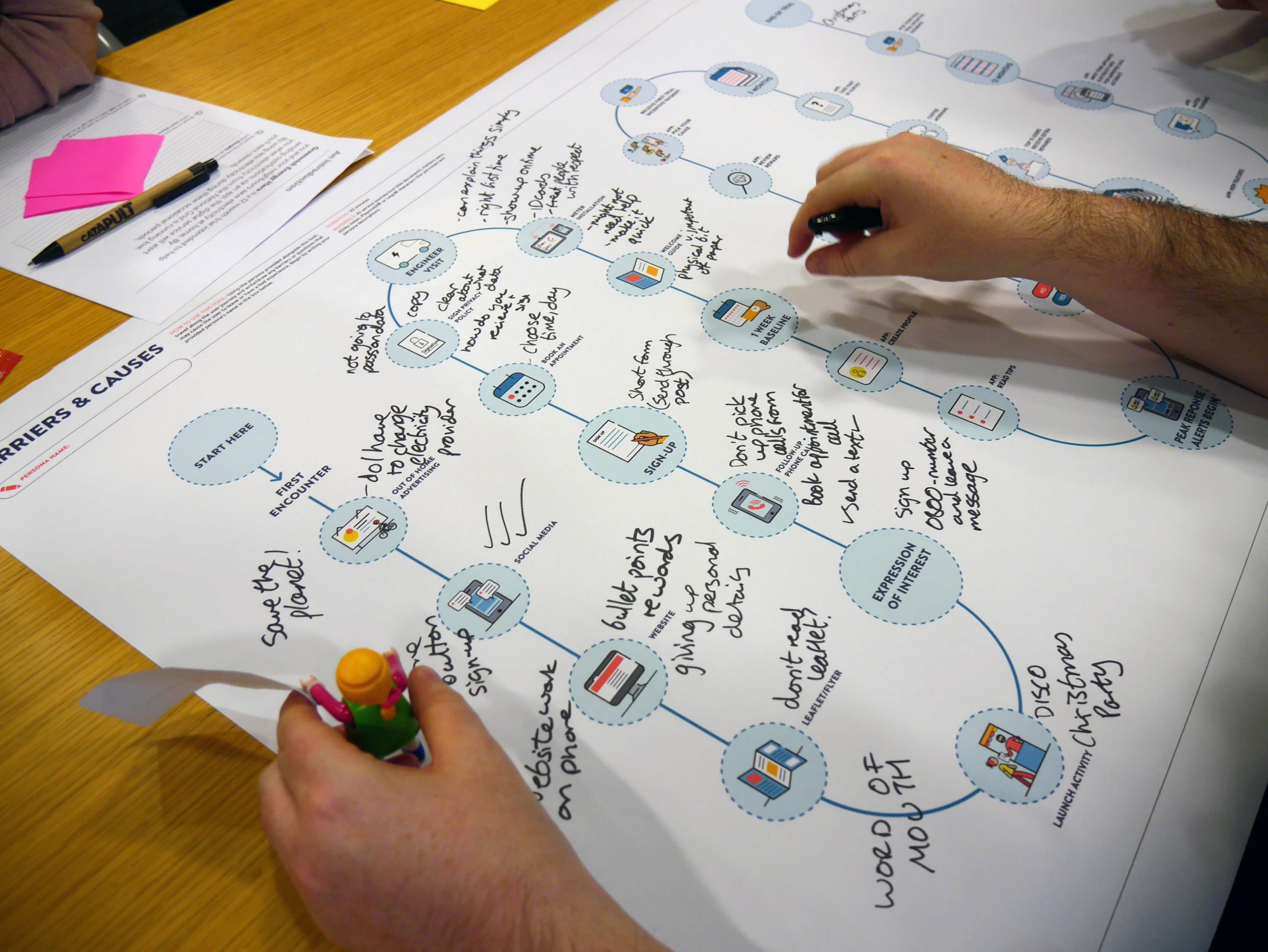One way to enable evidence-based decision-making by cities is to integrate physical and digital urban infrastructure and identify usage patterns and emerging trends. However, as cities become increasingly digitized, as more technologies are integrated and more data is gathered, the way this process is managed becomes of increasing importance. The use of urban data requires coordinated thinking. Over the past five years, a consortium of city authorities, businesses, and academic partners have tested a range of smart technologies in cities across Europe, integrating a range of e-mobility solutions, deep energy building retrofits, smart street lighting, and sustainable energy management systems, underpinned by urban data platforms. This work, part of the Sharing Cities program, was shaped by engaging communities along the way, informing them about what was happening in each city, allowing them to share their challenges with city managers and service designers. As a result, the solutions were tailored and of greater value. However, in general, the smart cities market remains largely focused on the ‘solution’ without sufficiently considering the demand, and what it is that cities and communities actually need. In many instances pre-existing technological solutions are being retrofitted to a city’s needs, often leading to a lack of public trust in or engagement with the solutions proposed. In turn, cities need to improve how they express their needs to the marketplace, for example, by defining use cases – the specific situations in which a product or service could potentially be used to address an issue. Fortunately, many use cases are common to most cities so by documenting and sharing experiences this process can be accelerated and standardized.
Playbook
The benefits of smart, connected infrastructure are real and have been proven. When multiple data sources come together in one place, for example through the London Datastore, it can become a powerful tool for city planners. In Greenwich, it has been demonstrated that a combination of different electric mobility solutions – such as electric vehicles (EV), e-bikes, EV charging, smart parking, and smart lamp posts – can work together to create a true smart city model, with data fused from different devices and sensors to provide valuable insights for policymakers. Cities can build on this model to bring together data from different domains, such as traffic, air quality, public lighting, buildings’ energy, and parking, among others. Our latest playbook on smart street infrastructure demonstrates the joint impact of combining multiple smart technologies on carbon reductions, service delivery, and business models, and is available to any city in the process of rolling out Internet of Things (IoT) solutions at a district or city-wide level.
The adoption of smart infrastructure needs to be managed carefully and transparently. Engaging the local community in decisions about data collection and the use of data insights is paramount to the success of pilot projects and their potential for scale. In doing so, cities can gain a more granular understanding of local contexts and therefore pinpoint in advance the specific areas and issues smart technology can help to address. In Sharing Cities we’ve used a range of citizen -centric methods to enable greater collaboration between communities and stakeholders, from co-design workshops to user journey mapping, to help us understand how different groups of people might interact with different types of technologies. We’ve also developed a digital community engagement platform, the Digital Social Market – an app designed to encourage behavior change and environmentally conscious choices using peer-to-peer incentives and rewards. This design approach – most crucially, led by needs and driven by outcomes – has delivered substantial benefits to our demonstrator districts, not only in exceeding our environmental targets, but more importantly in creating solutions that are adopted by the local community and are built to last. SHIFT is brought to you by Polestar. It’s time to accelerate the shift to sustainable mobility. That is why Polestar combines electric driving with cutting-edge design and thrilling performance. Find out how.

